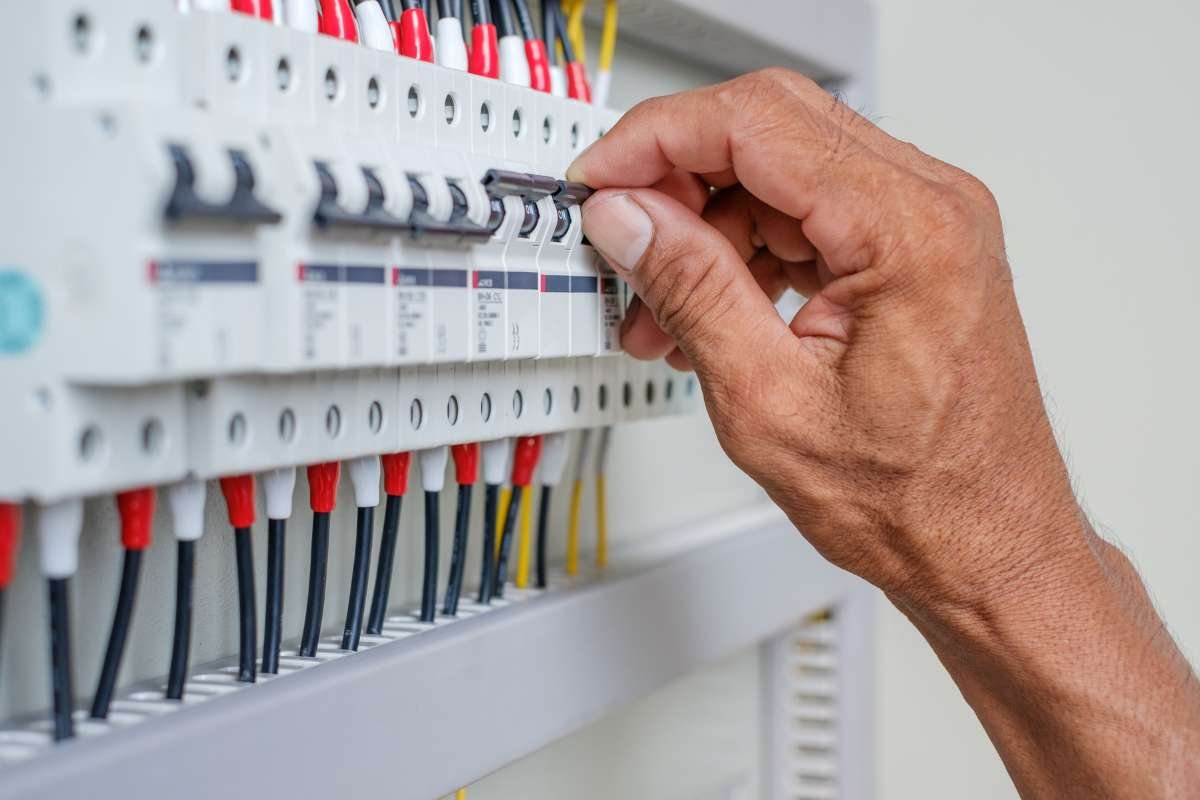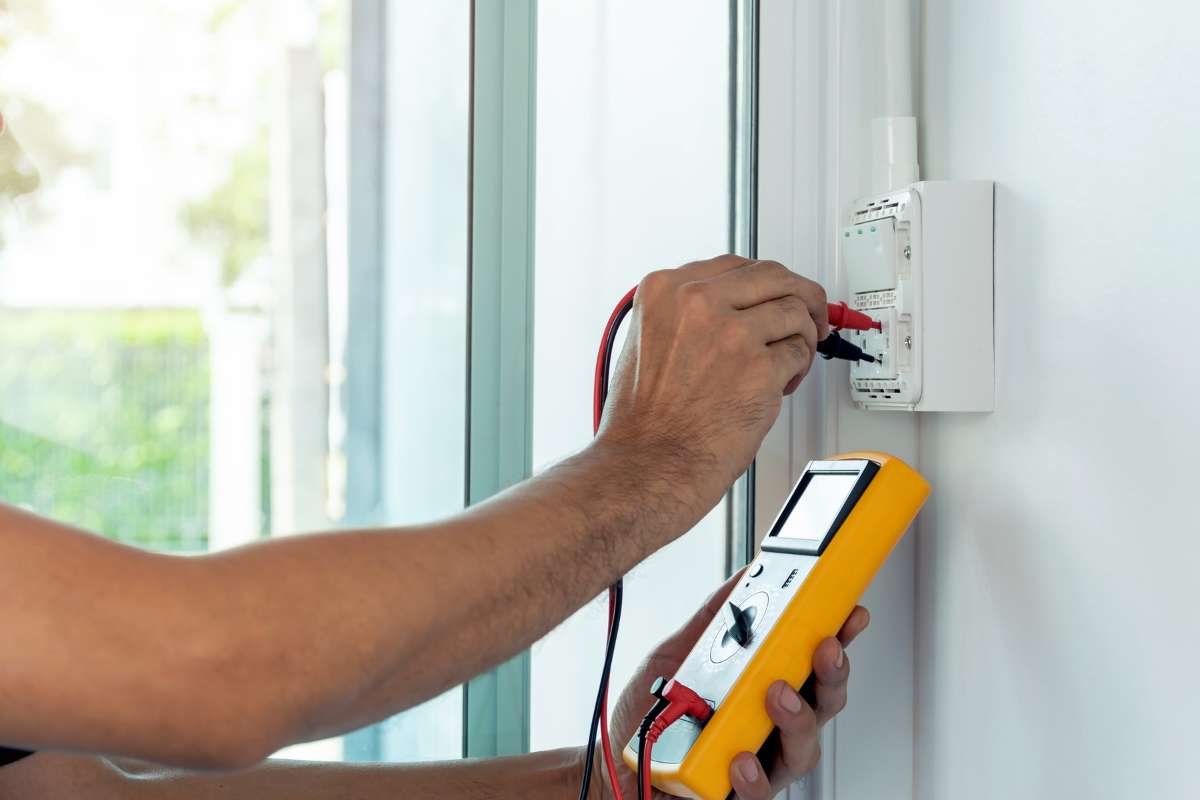Most commercial buildings depend on electrical systems that were designed years ago. Even if the building looks modern, what’s behind the walls often isn’t. This can be a problem, especially when safety standards, equipment, and power usage have all changed dramatically.
To improve electrical safety in commercial buildings, business owners and facility managers need to treat electrical safety as a priority, not an afterthought. A short delay in updating your systems could lead to serious risks or expensive downtime.
Why Electrical Risks Are Easy to Miss
Unlike leaks or cracks, electrical issues are mostly invisible until something goes wrong. Overloaded circuits, poor insulation, aging breakers, or outdated panels can all cause failures without warning.
For example, if a workspace was designed for 20 computers but now hosts 50 devices plus air conditioning and EV chargers, you’re working beyond what the original wiring was meant to handle.
These silent failures add up, not just in power outages, but in fires, damaged equipment, and regulatory violations.
Key Upgrades That Actually Matter

You don’t need to tear down walls to make smart electrical upgrades. The most effective changes often involve replacing key control components.
One of the simplest but most effective upgrades is installing a modern moulded case circuit breaker.
These are designed to protect against overloads and short circuits; they are much more reliable than older models you will see. They’re compact, efficient, and offer better diagnostics for maintenance teams.
Unlike standard breakers, moulded case versions are made to handle higher loads and can be calibrated for specific use cases. This means that businesses with a large amount of equipment or a higher energy demand can use a more practical way to reduce risk.
Regular Testing Isn’t Optional

To improve electrical safety in commercial buildings, inspections should be scheduled, not reactive. Most business owners don’t think about testing their electrical systems until something fails, but by then it’s too late.
Set up a routine with a licensed electrician so they can come and check load distribution, identify any hot spots, and verify grounding. Even something as simple as checking that all circuit breakers still function properly can help to prevent major incidents.
Using smart testing tools and digital monitoring systems can also help detect patterns over time. You will be able to spot issues before they interrupt operations.
Training Your Team Makes a Difference

Many electrical problems start because someone flipped the wrong switch, plugged too many devices into a single outlet, or ignored a warning light. These may be small, innocent mistakes that come from a lack of training, but they can cause some of the biggest issues.
Make sure your team knows the basics: what to report, what to avoid, and when to call a technician. A five-minute walkthrough with your staff can do more than an expensive audit if it prevents even one dangerous error.
Final Thought
Commercial buildings don’t fail because of one big error; they fail because of many small ones that go unnoticed for too long.
To improve electrical safety in commercial buildings, it’s essential to make it a regular part of your maintenance routine. Start with a walk-through. Upgrade your most critical components like breakers and panels. And don’t wait until something goes wrong.
Safe systems run longer, save money, and give your team the confidence to work without worry.









